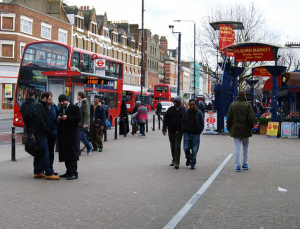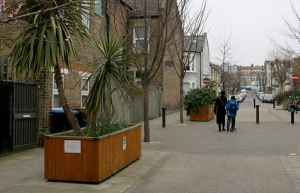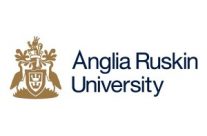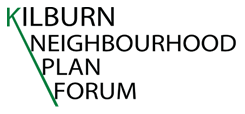AECOM Design Support
Please see here a post about this report
2018 Evidence Report
In February 2018, we commissioned a piece of research intended to “provide useful numerical data that describes the current condition of Kilburn and indicates what challenges it may face in the future”. There were two outputs from the research. The first paper you can access here, sets out planning frameworks and data sources on which to base the formulation of the Kilburn Neighbourhood Plan.
The second paper details the sections of the Brent Local Plan and the Camden Local Plan which provide a framework for the Kilburn Neighbourhood Plan. You can see that document via the following link: KNPF analysis – Data appendix (4)
The research was undertaken collaboratively by Udenson Caldbeck Associates and InformAll.
Two Major Studies 2017
In 2016/17 Kilburn Neighbourhood Plan Forum commissioned two studies
‘Kilburn Appraisal and Research‘ was carried out by We Made That
Their report mapped out a range of themes:
- Policies and plans of local authorities

- Conservation areas and neighbouring Forums
- New developments
- Open spaces and community assets
- Land use and leisure economy
- Undesirable use and vacancies
- Character areas
- Architectural heritage
- High Road public realm
- Secondary Streets
- Open spaces and Cemetery
Their analysis is followed by a number of recommendations to shape the Forum’s work which they called ‘Guiding Principles’.
- Celebrate Architectural Heritage – enhance the high quality of architectural buildings in the area, especially along the High Road.
- Improve Pedestrian Environment – address issues of congestion, busy pedestrian crossings, poor quality street furniture, and guard rails along Kilburn High Road.
- Encourage Diverse High Street Use – acknowledge the strength of the diversity of use along high streets in the area and encourage this mix of use.
- Upgrade Public Space – Upgrade the quality of public space to improve the general environment and to encourage users to spend time in the area.
- Champion Local Assets – Celebrate and support local assets in the area, including community centres and creative hubs. Strengthen network links between different groups.
- Strengthen Local Character Areas –enhance the local identities of the sub-character areas. Strengthen connections and navigation between these areas.
- Enhance Open Spaces – improve the quality and facilities of open spaces in the area, especially the neighbourhood micro-open spaces.
- Support the Leisure Economy – Build upon the strength of Kilburn’s leisure economy
AECOM provided a report on Kilburn Socio-Economic Profile
AECOM pulled together all the data on
- Kilburn Demographics ,

- Housing and Households,
- Tenure type,
- Housing prices and value,
- Local economy and employment,
- Health, disability , life expectancy,
- Benefits claimed, and
- Sports participation.
They confirm that the area has some neighbourhoods with high levels of deprivation, mixed with streets of greater social and economic capital.

2017 Anglia Ruskin University Student reports
In 2017, four groups of students carried out studies of Kilburn and their reports are listed here:

